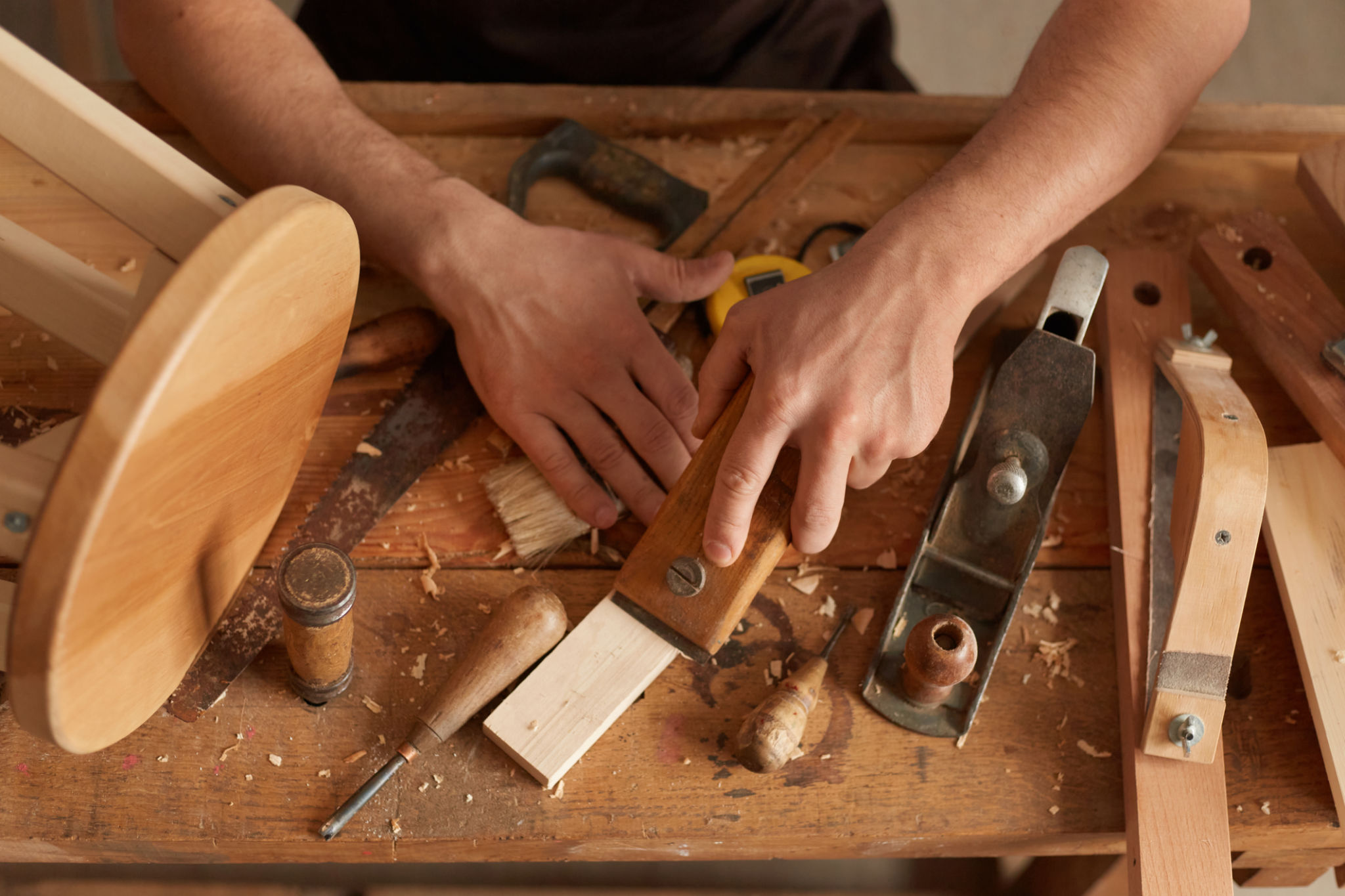DIY Woodworking Projects: Getting Started with Custom Furniture
Why Choose DIY Woodworking?
Embarking on the journey of creating custom furniture through DIY woodworking can be both rewarding and fulfilling. Whether you're looking to add a personal touch to your home decor or simply indulge in a creative hobby, woodworking offers endless possibilities. By crafting your own furniture, you can tailor every piece to fit your specific style and needs, ultimately creating a unique environment that reflects your individuality.

Essential Tools for Beginners
Before you start your first project, it's important to gather the right tools. While advanced projects may require specialized equipment, most beginner projects can be accomplished with a few essential tools. Consider investing in a quality saw, a power drill, a set of chisels, and a tape measure. These tools will serve as the foundation of your woodworking toolkit and will be useful across various projects.
In addition to these essentials, safety gear should never be overlooked. Always have protective eyewear, gloves, and ear protection on hand. Safety is paramount, especially when working with powerful tools. Ensuring that you have the proper gear will help prevent accidents and allow you to focus on honing your craft.
Selecting the Right Wood
Choosing the appropriate type of wood is crucial for any woodworking project. Common choices for beginners include pine, cedar, and plywood due to their affordability and ease of use. Each type of wood has its own characteristics, such as grain pattern and hardness, which can affect the final appearance and durability of your project.

When selecting wood, consider the purpose of the furniture piece you're creating. For instance, hardwoods like oak and maple are excellent for durable items like tables or chairs, while softer woods are suitable for decorative pieces. Understanding the properties of different woods will help you make informed decisions and achieve the best results.
Planning Your Project
A successful woodworking project begins with careful planning. Start by sketching out a design and taking accurate measurements of the space where the furniture will be placed. This will ensure that the piece fits perfectly and meets your functional requirements.
- Sketch your design
- Take accurate measurements
- Create a detailed materials list
Creating a detailed materials list will also help you avoid unnecessary trips to the hardware store. Knowing exactly what you need beforehand allows for a smoother project execution and helps keep your budget in check.

Building Your First Project
With your plan in place and materials in hand, it's time to start building. Begin with simpler projects to build confidence and skill. A basic bookshelf or a small coffee table are excellent starters for novice woodworkers. As you gain experience, you can gradually take on more complex designs.
During construction, take your time to ensure each piece is cut accurately and assembled correctly. This attention to detail will make a significant difference in the overall quality of your finished product. Remember that patience is key in woodworking; rushing can lead to mistakes that are difficult to correct.
Finishing Touches
Once your piece is assembled, finishing touches like sanding and staining can enhance its appearance. Sanding smooths out any rough edges and prepares the wood for staining or painting. Choosing the right finish can bring out the natural beauty of the wood grain or add a pop of color that complements your decor.
Applying a protective sealant is also recommended for pieces that will be used frequently. This adds durability and helps preserve the wood against wear and tear over time. With these final steps, your custom furniture piece is ready to be enjoyed for years to come.
Continuing Your Woodworking Journey
As you complete more projects, you'll likely discover new techniques and develop a deeper appreciation for the craft. Joining a local woodworking club or participating in online forums can provide valuable insights and support from fellow enthusiasts.
Continuing education through workshops or tutorials can also expand your skill set, allowing you to tackle more ambitious projects with confidence. With dedication and practice, DIY woodworking can become a lifelong passion that not only enhances your home but also enriches your creative expression.
